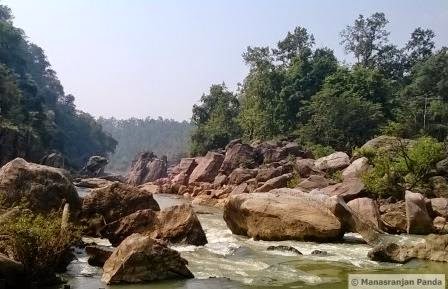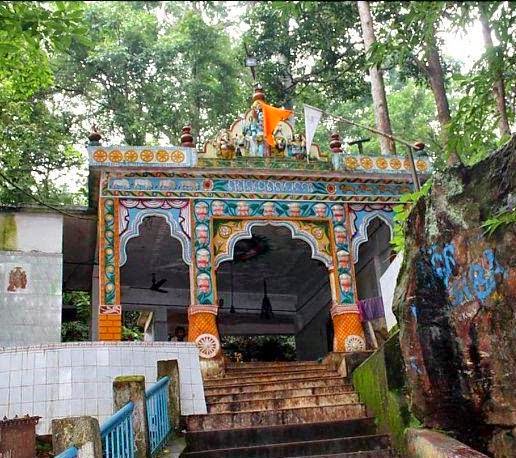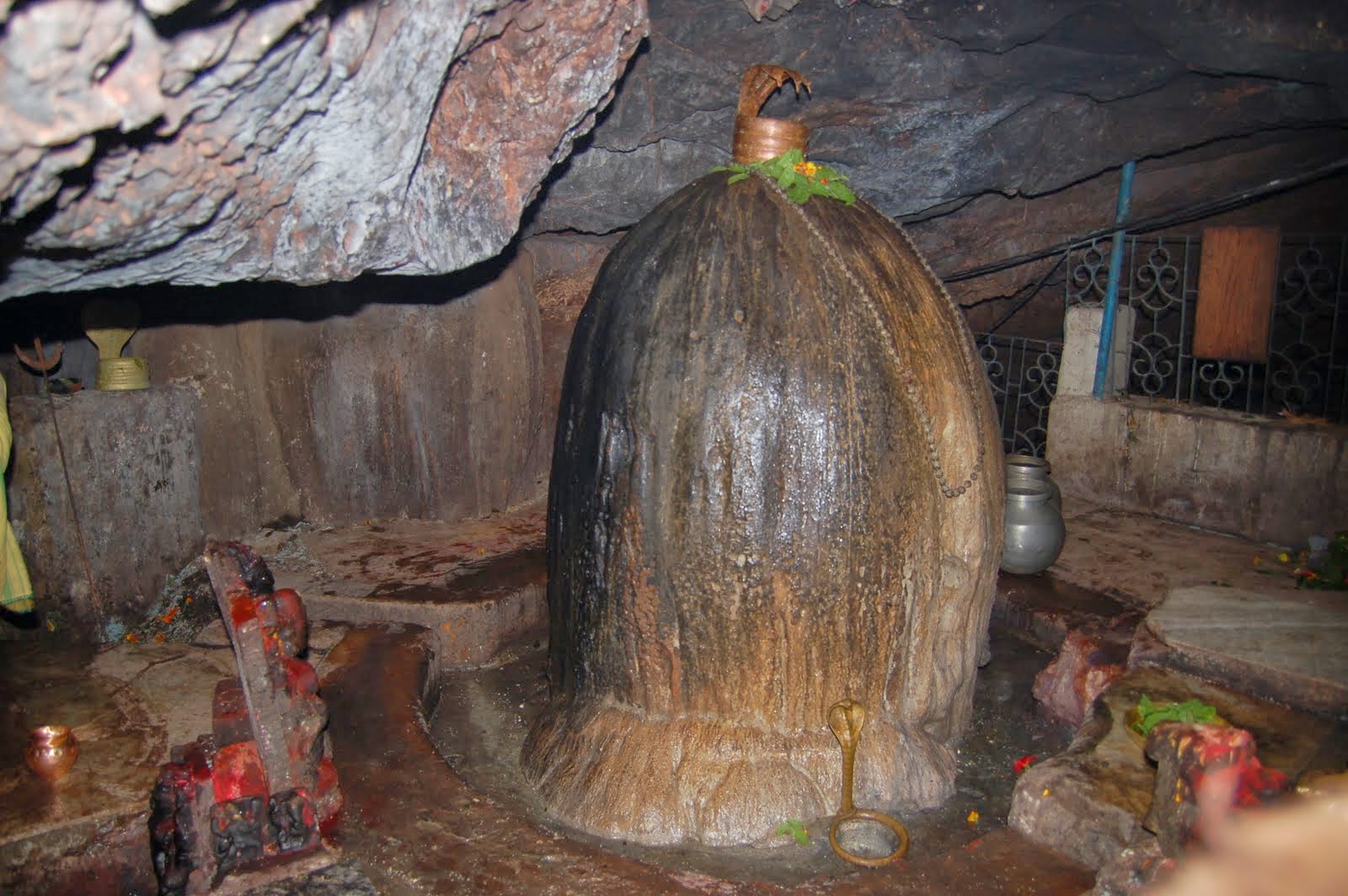Far from the cacophony of urbanisation, one seeks solace in Mother Nature and the divine bliss of sacred places. One such place is Gupteshwar which is about 55 kms from the nearest town Jeypore in Odisha. While driving through serpentine roads and hamlets passing by, one gets drawn by the divine force. The picturesque route ends with the divine abode of Lord Shiva which beautifully depicts the nature’s craftsmanship.
Gupteshwar means “Hidden God”. This is because the shrine which is a limestone cave surrounded by a dense forest of Sal trees and is far away from the materialistic world. The Kolab river flows nearby adding to the natural beauty.
One can reach the temple, by taking the steps flanked with rows of champak trees. A 2 metre high Shivalinga made of lime stone (Stalagmite) stands in the cave which is said to be increasing in size. Inside the second cave there is a large stalactite formation which resembles the udder of the cow. People worship it as the udder of God Kamadhenu (the divine cow) and some believe it to the Kapila cow. Devotees wait with their palms under the formation for few drops of water which is considered to be the milk of the Divine cow. Scientifically it is the water mixed with the lime stone turning into white and thus resembles milk. But the spiritual power gets stronger than the power of science.
Gupteshwar has its association with the mythological epic Ramayana. As per the mythology, Lord Rama was the first to discover the Shivalinga while he was in exile with wife Sita and brother Laxman. Probably this could be the reason why the nearby hill is called “Ramagiri”. The great poet Kalidas also has mentioned about this cave and the Ramagiri forest in his famous creation called “Meghadutam”.
Thanks to Manas Ranjan Panda for sending this awesome post.



